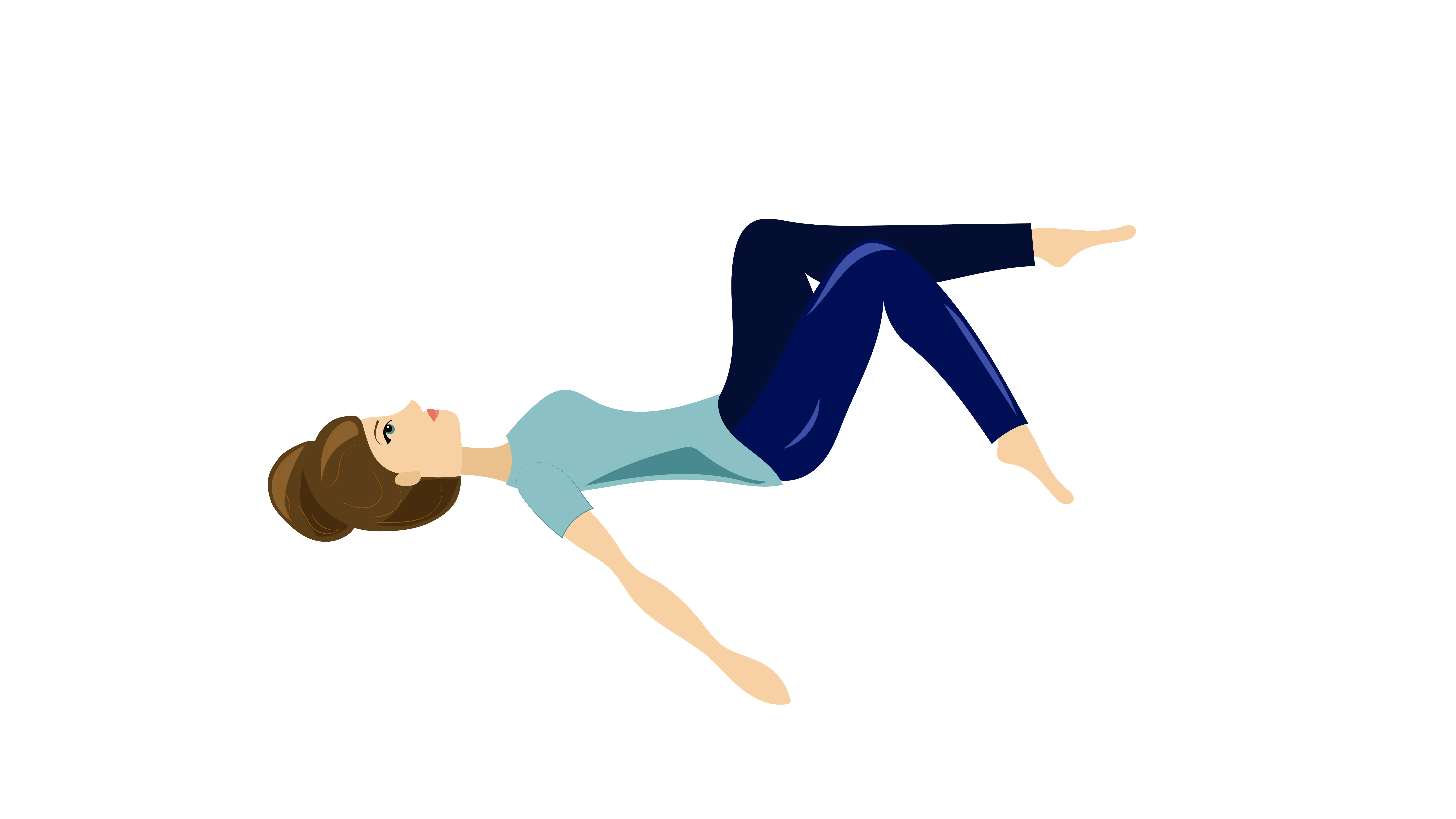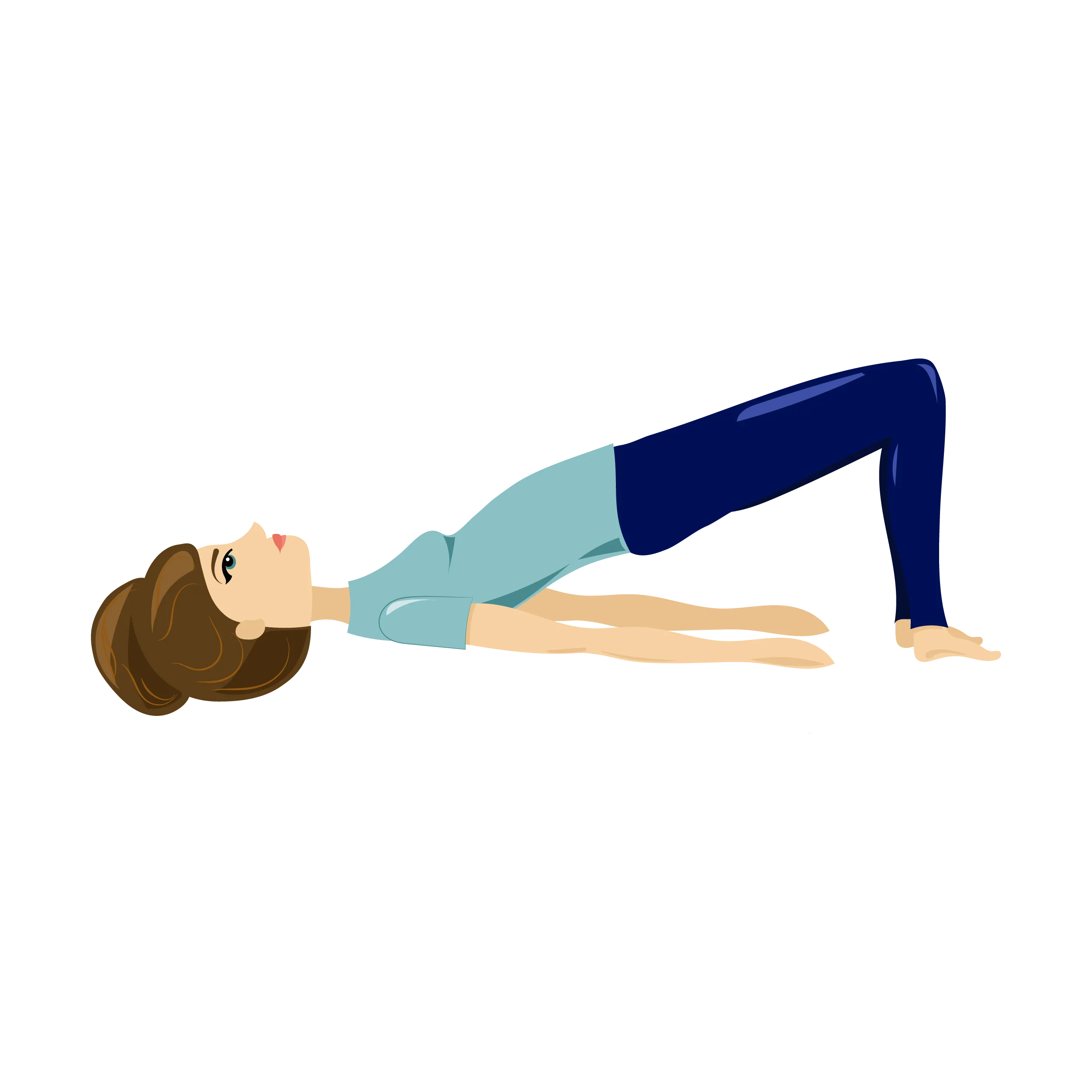Cause and symptoms
The majority of newly occurring back pain is harmless and will go away on its own.
There can be several reasons why you experience lower back pain. Perhaps you have made a sudden twist in your body, have overloaded your lower back for some time or have some wear and tear changes. In most cases, you may not be aware of the triggering cause, which can be very frustrating. However, the treatment will often be the same, regardless of the cause of your discomfort.
There can be several local structures in your lower back that can be the triggering cause of the pain, for example. the joints, muscles and connective tissue of the spine. You will be able to feel muscular tension and tenderness in the lower back area and may also feel that it can pull down into the buttocks and back of the thighs. The symptoms can often be difficulty with everyday activities, such as putting on shoes and socks and cooking, and you may experience that your night's sleep is disturbed by pain and restlessness.
Your pain may be very intense, but it is rarely dangerous. Half of those who experience new-onset lower back pain will be pain-free again within three weeks without further treatment, 90% will be pain-free after six weeks and only 5% will experience long-term pain.
How to help yourself
The vast majority of people will feel significantly better within a few days or weeks, without treatment. You can therefore take your time.
The prognosis for getting rid of your pain is very good if you stay active and start exercising, even if you still have lower back pain. You can take breaks during the day, but it is important that you maintain your activity level and physical fitness and avoid inactivity.
You should adjust your activities so that you can stay physically active as much as possible. You should avoid activities that worsen your pain and instead find other activities that you can do despite the pain. This can be, for example: be walking or swimming/water gymnastics as well as light exercises.








